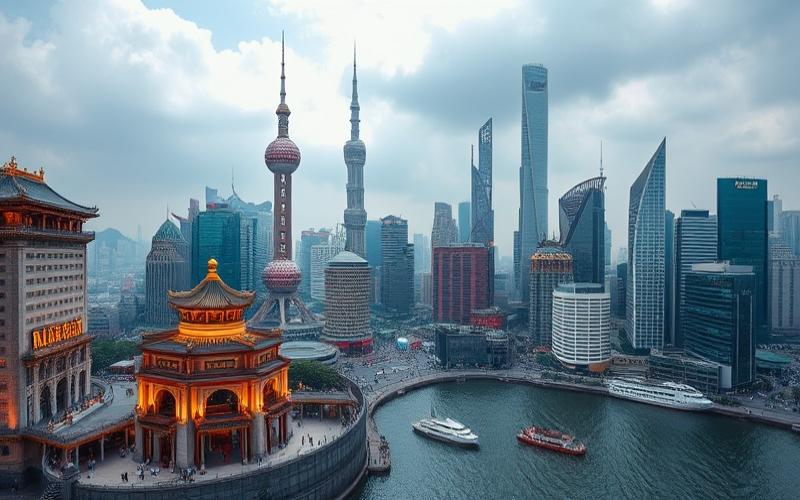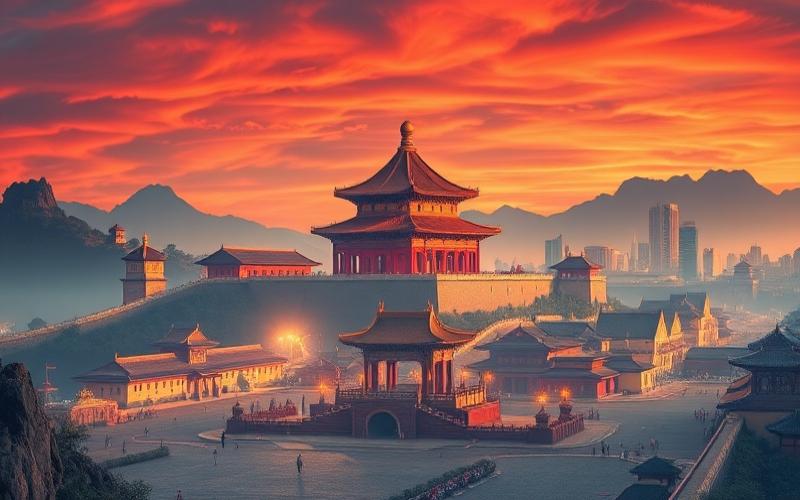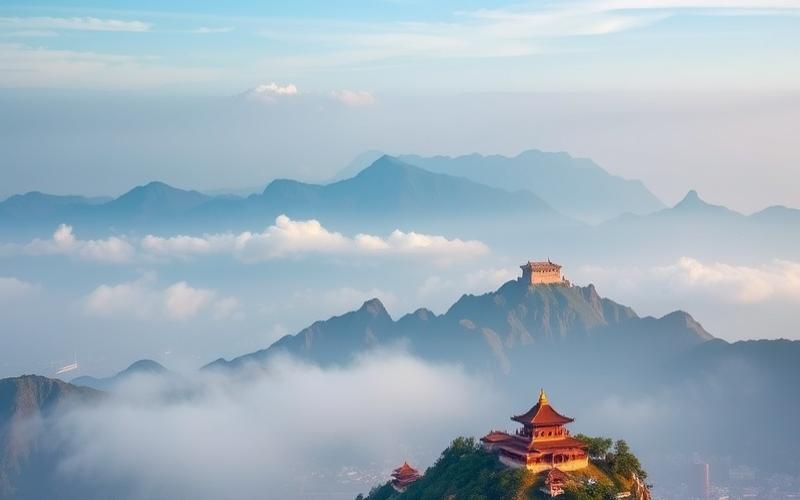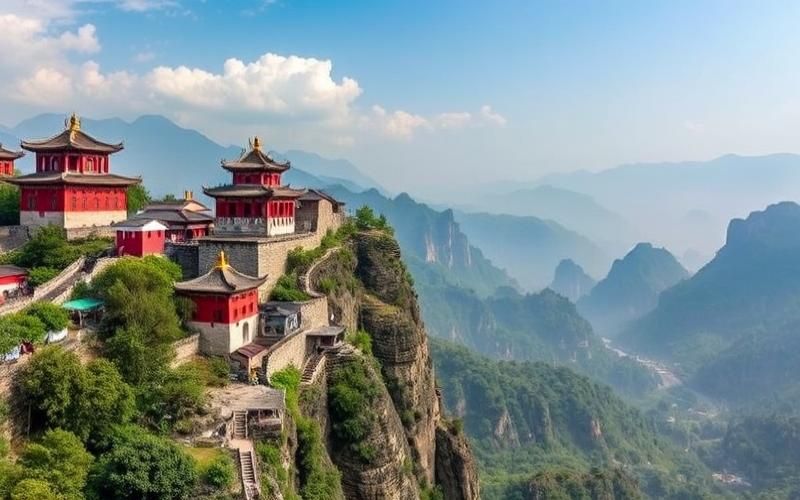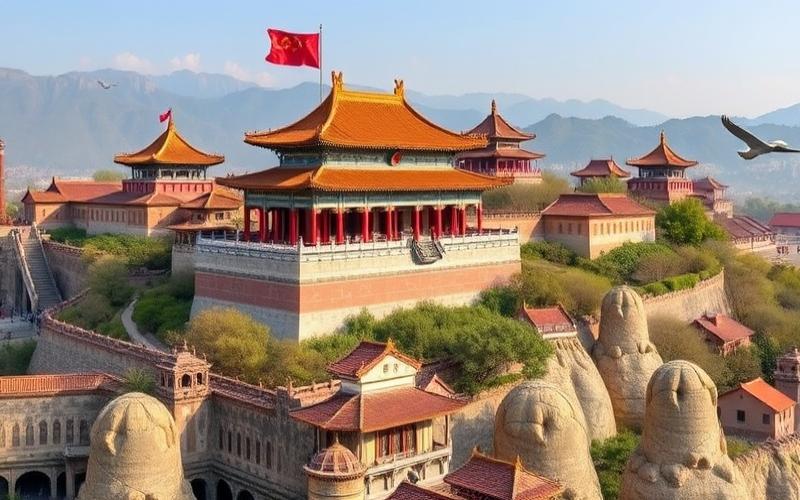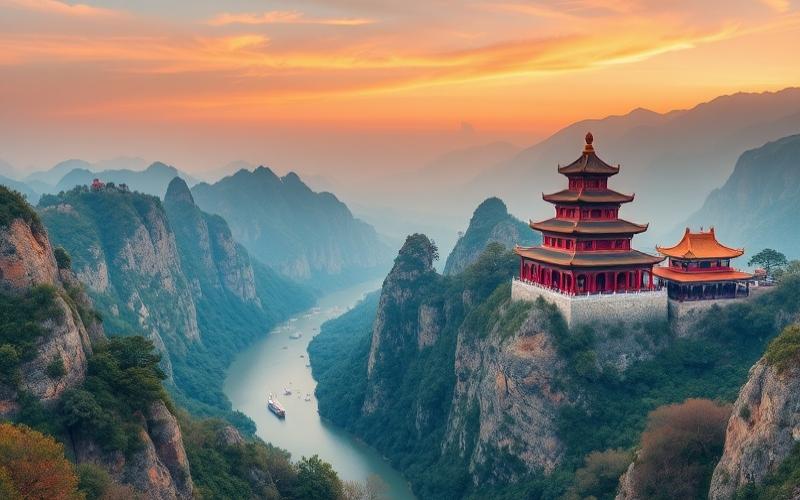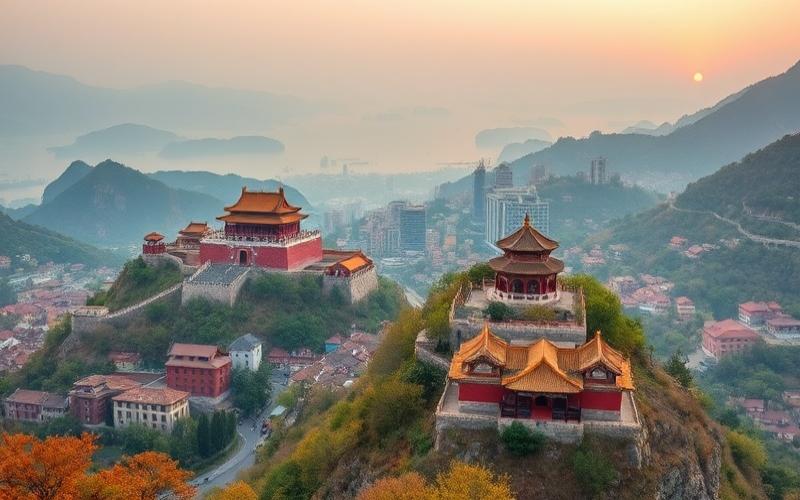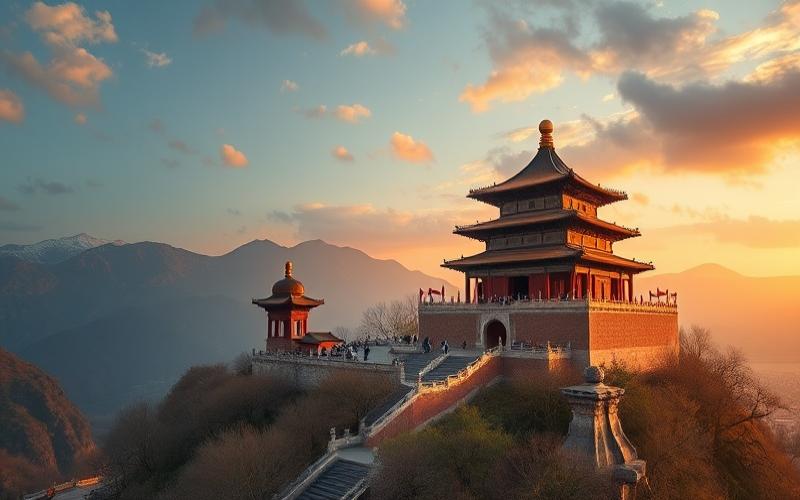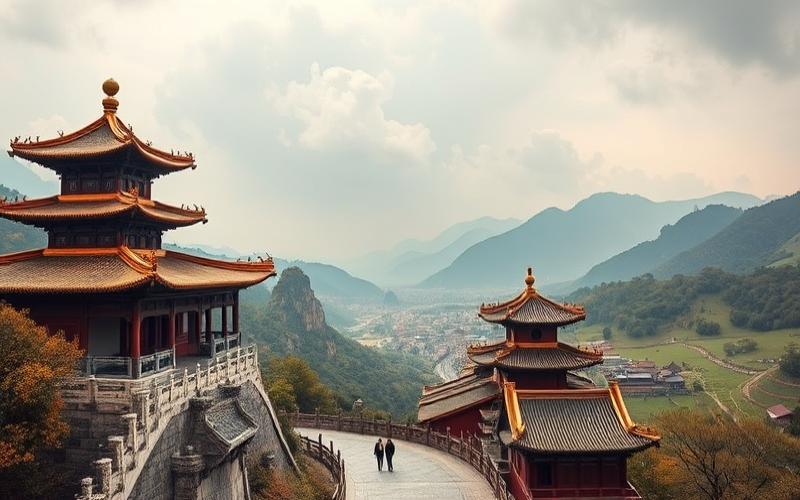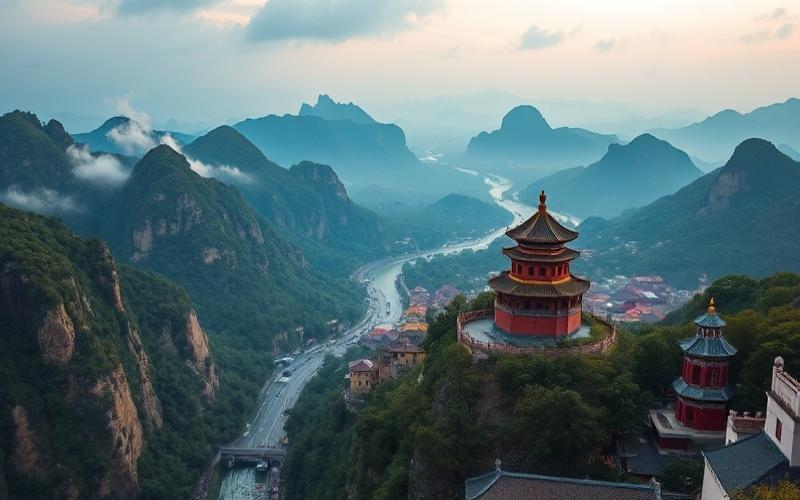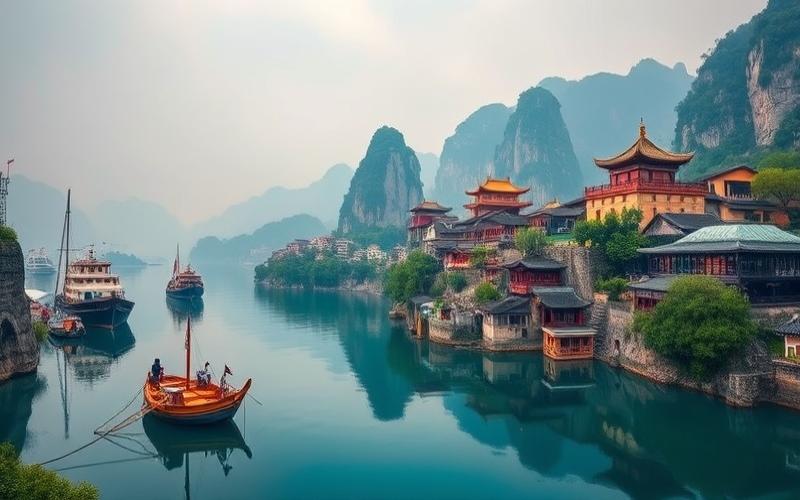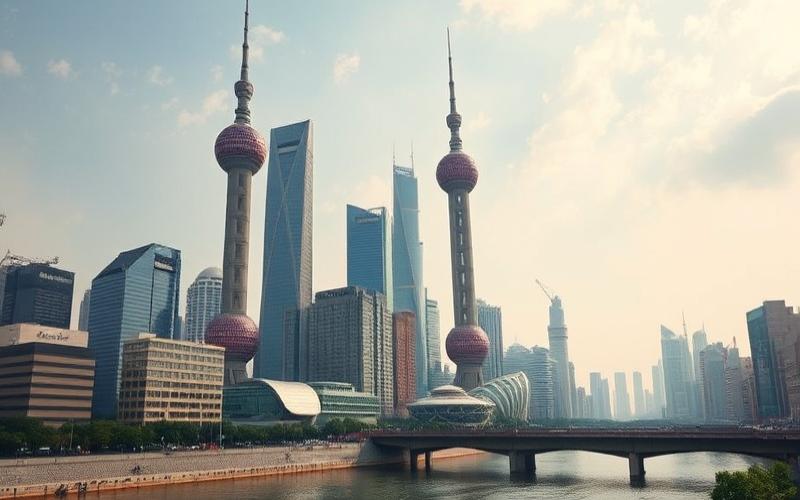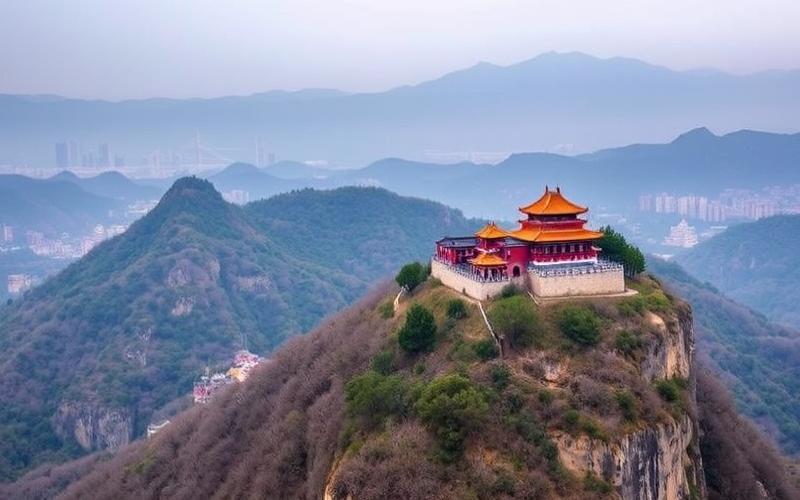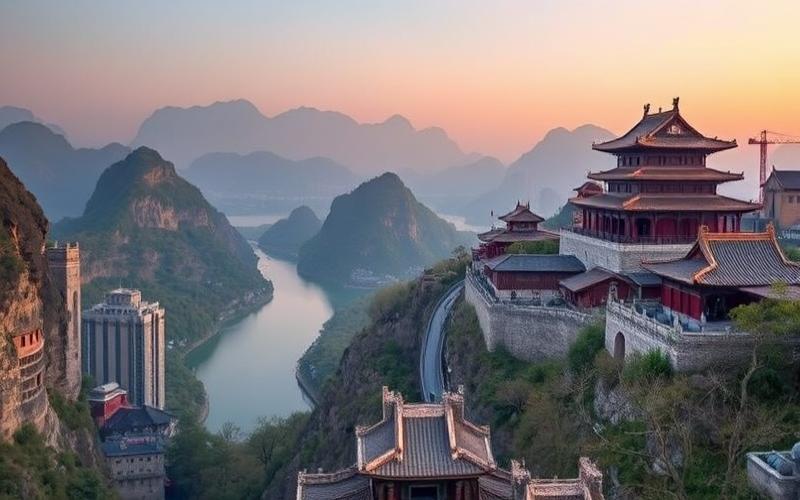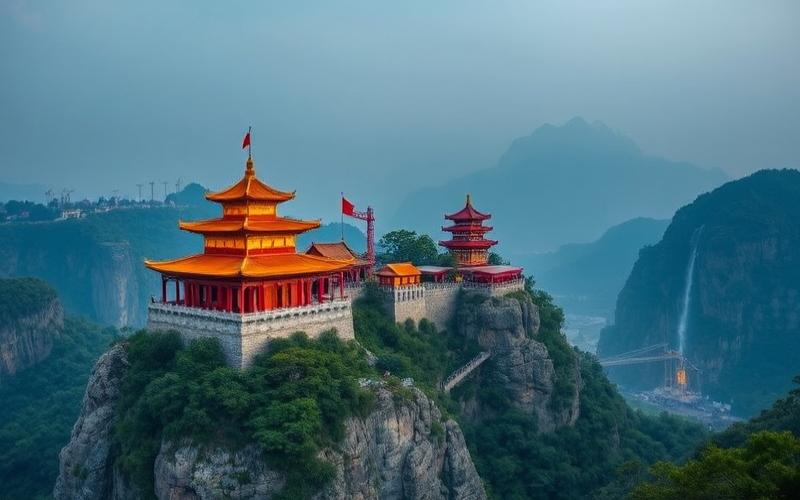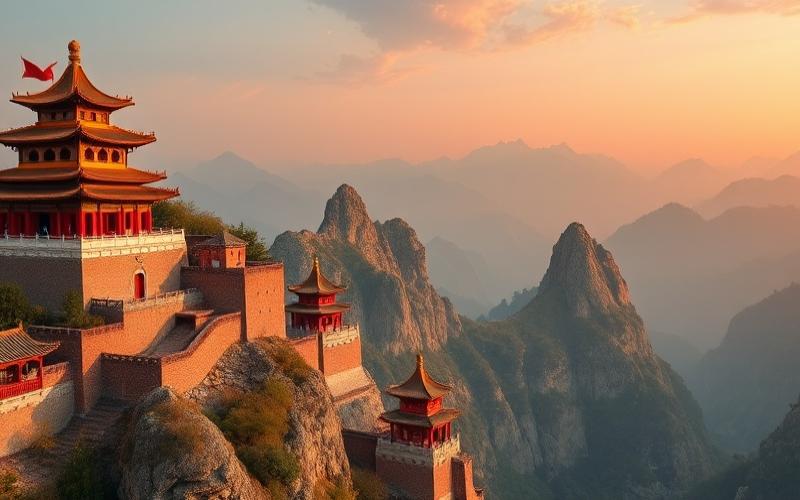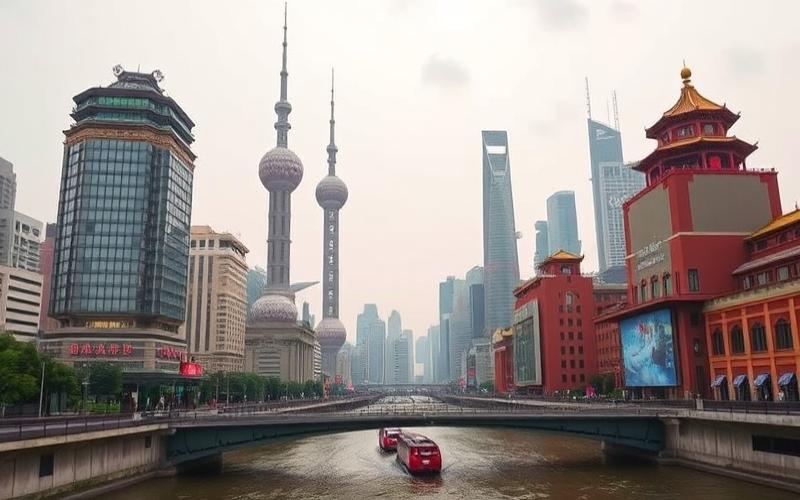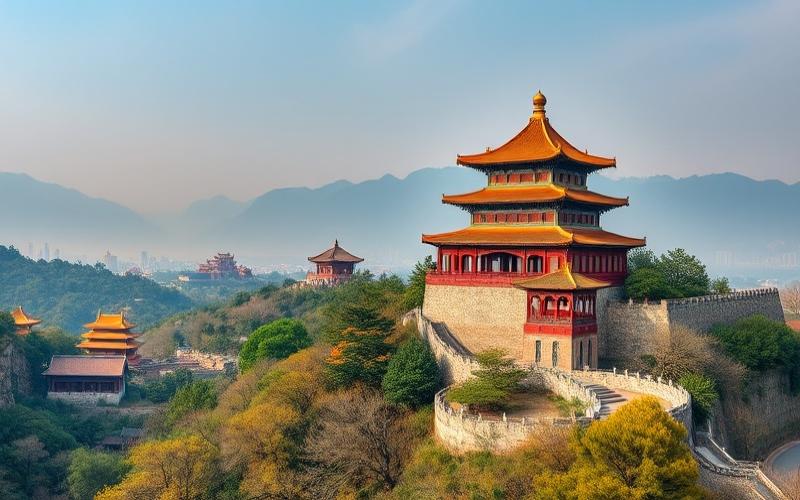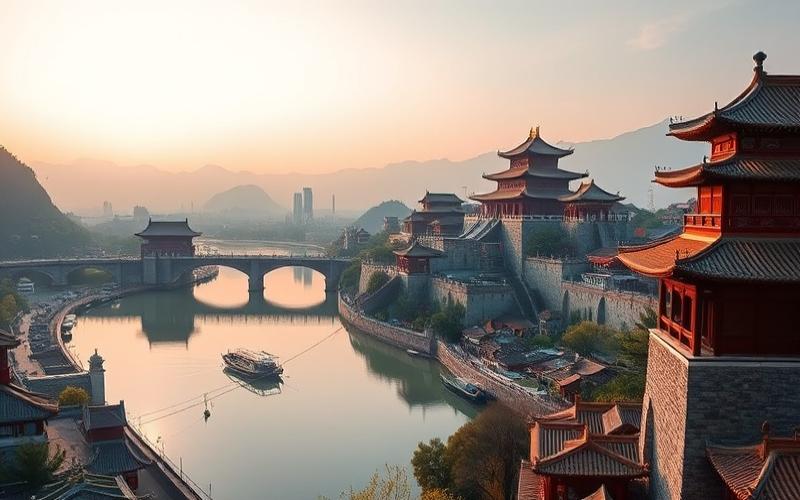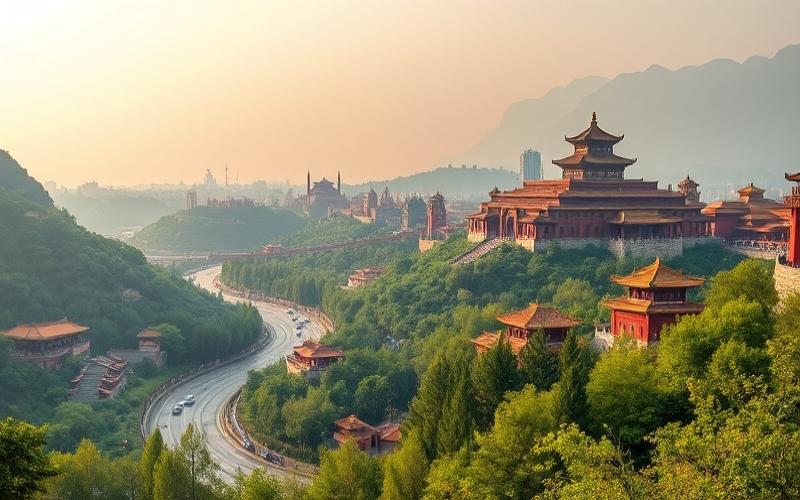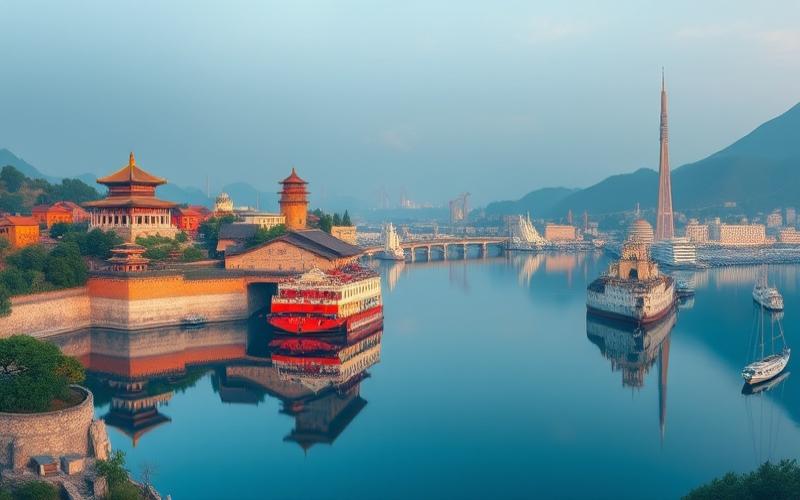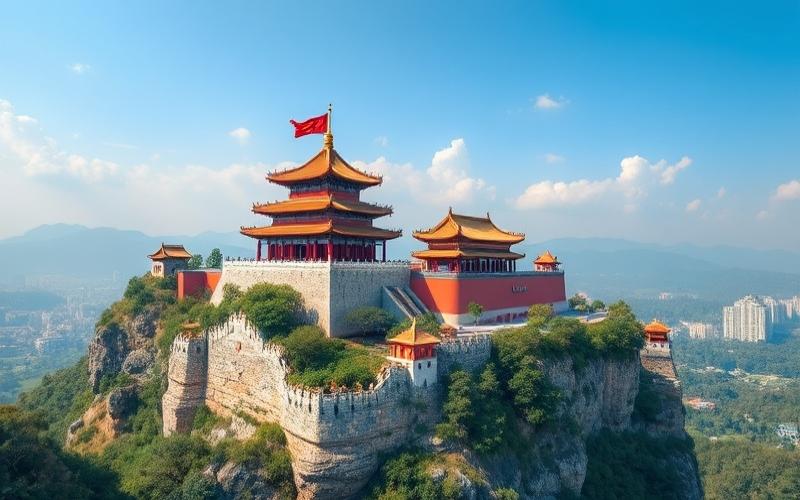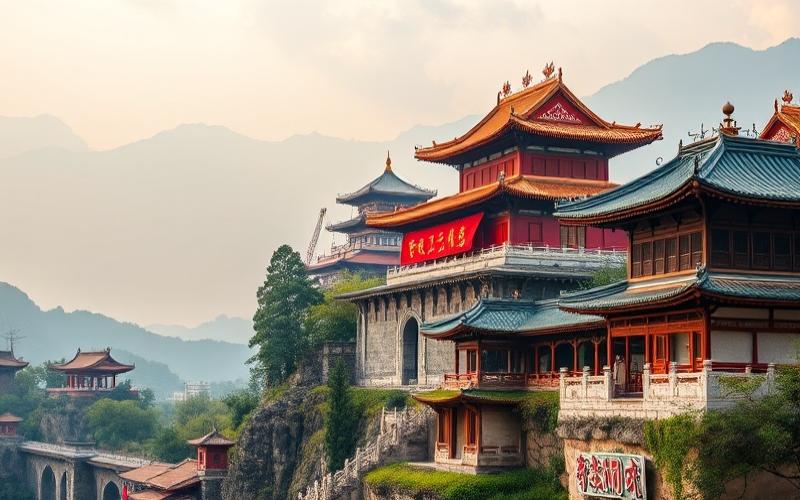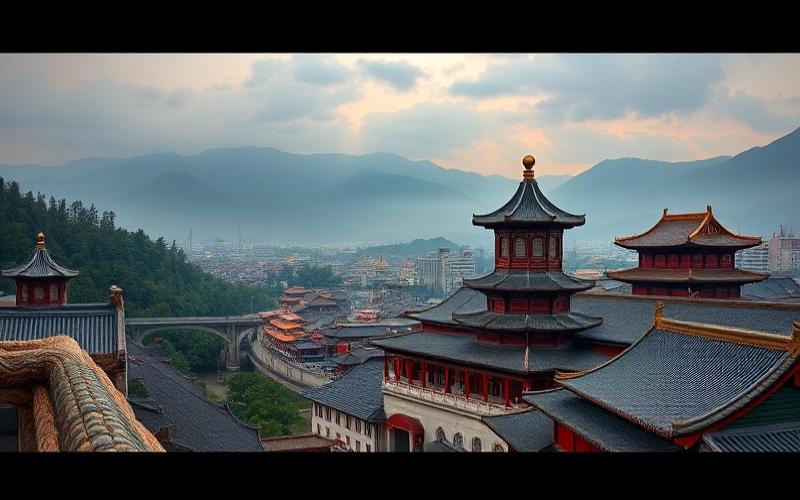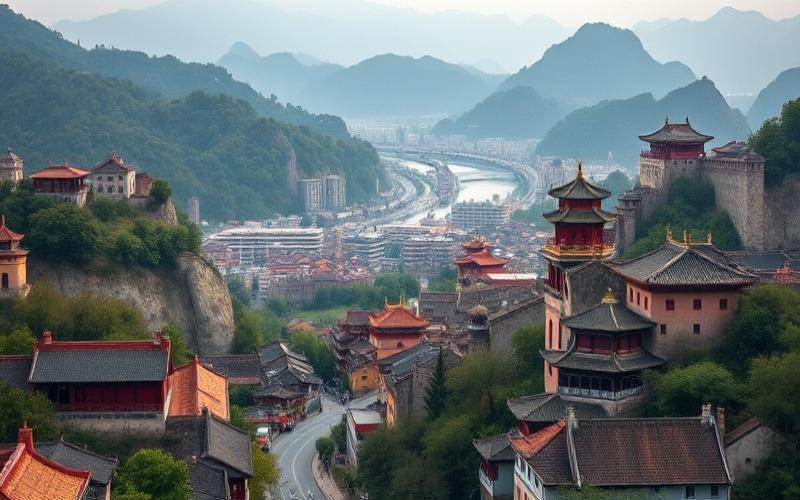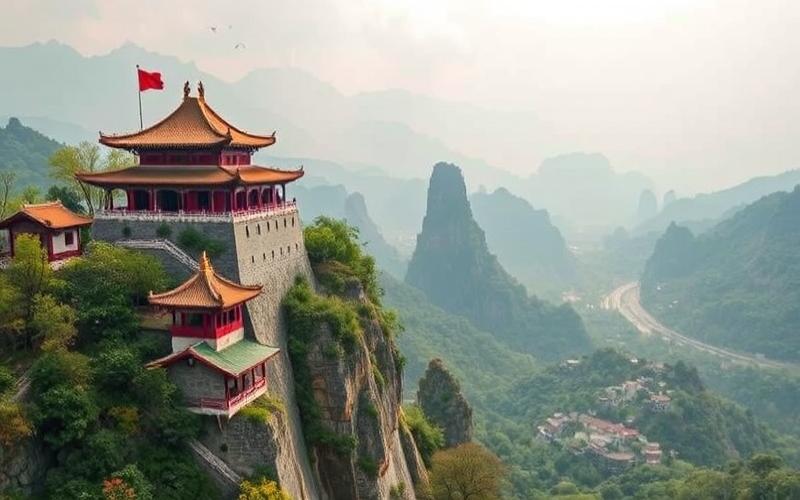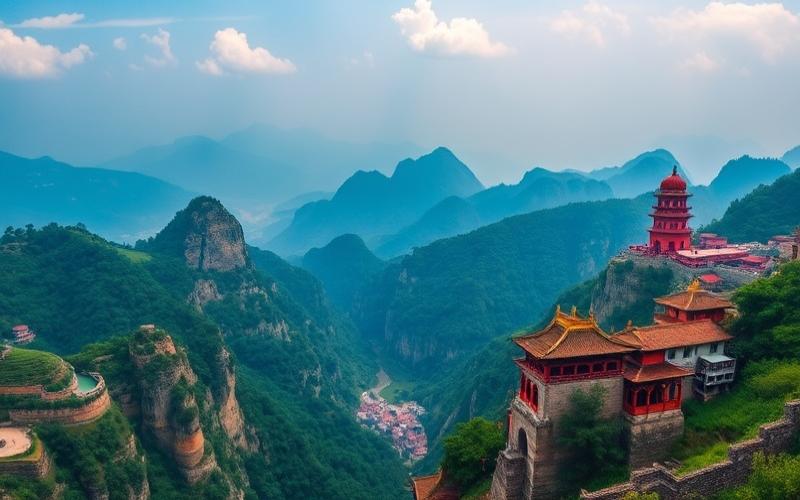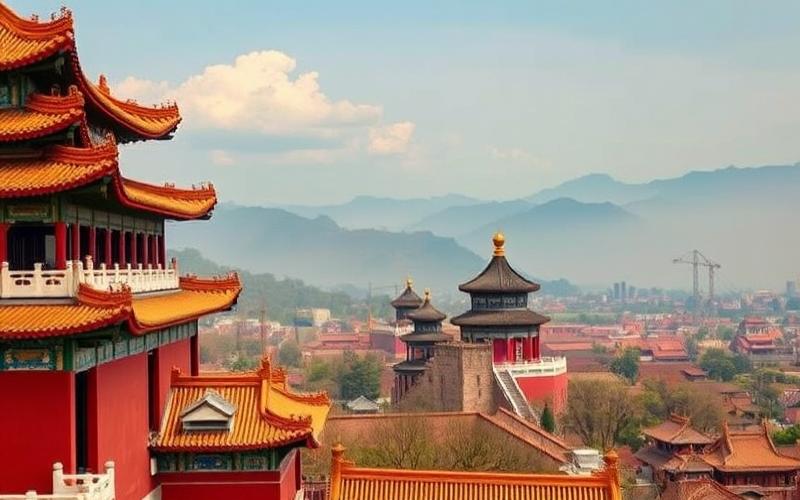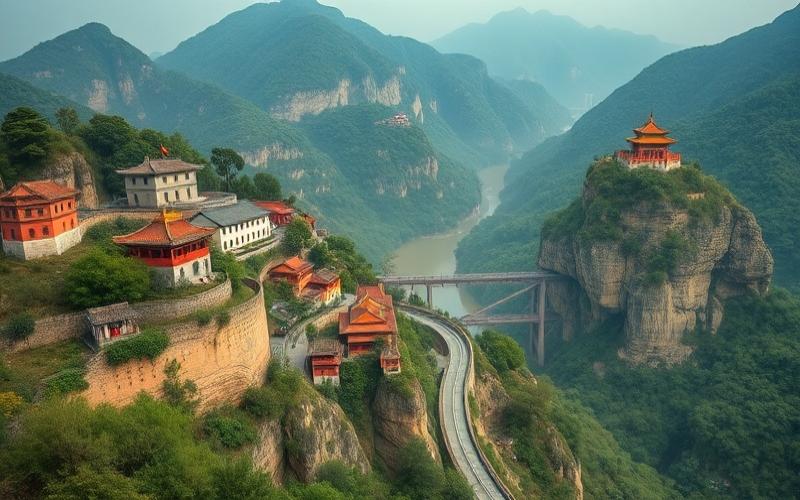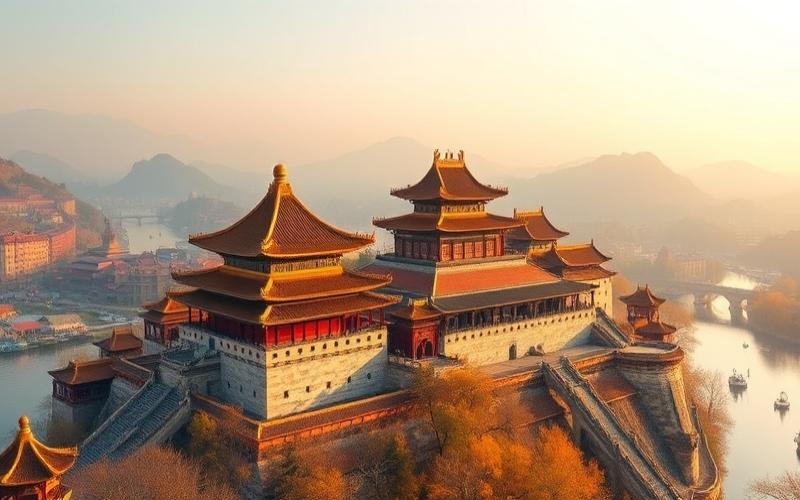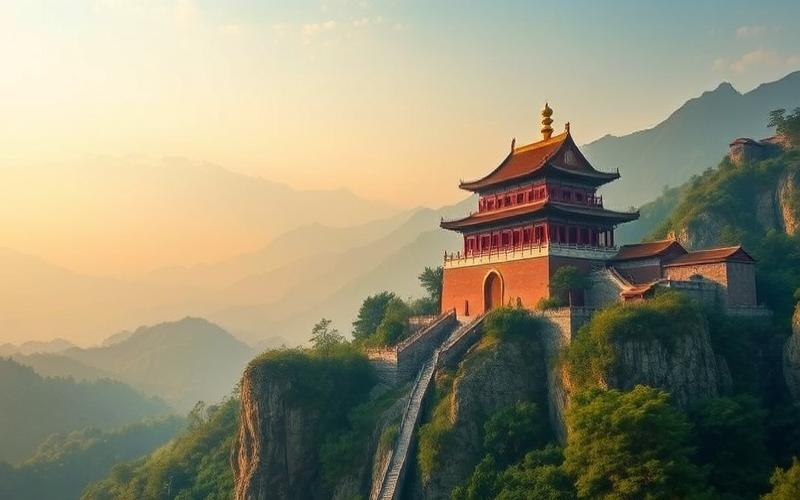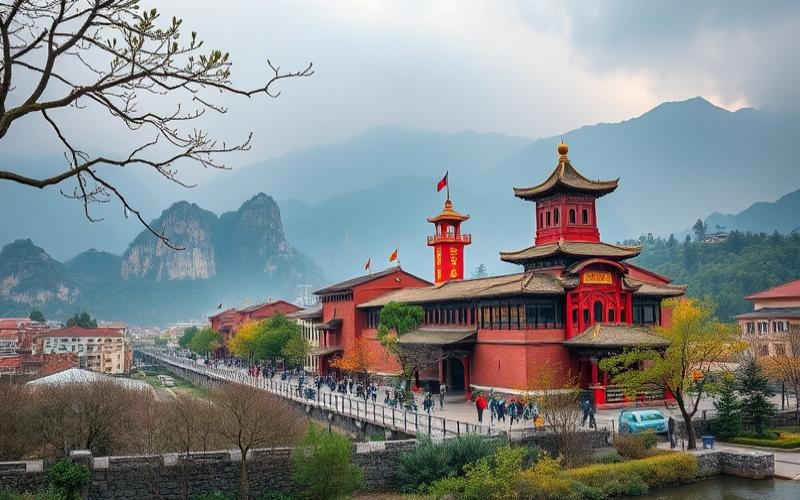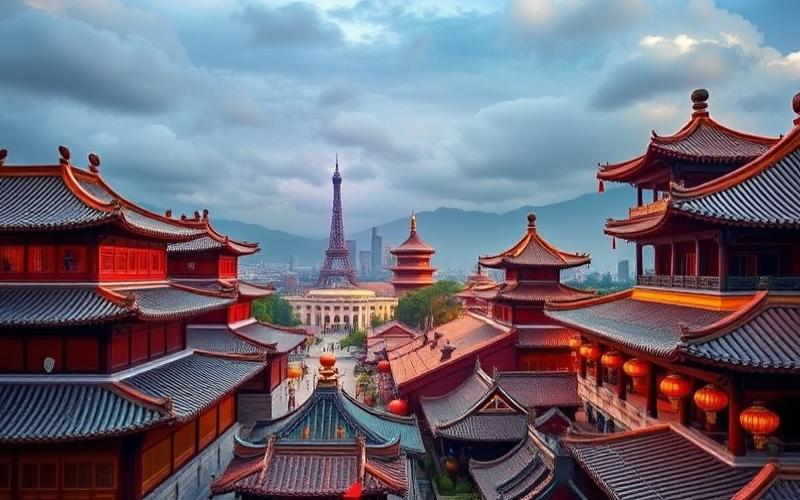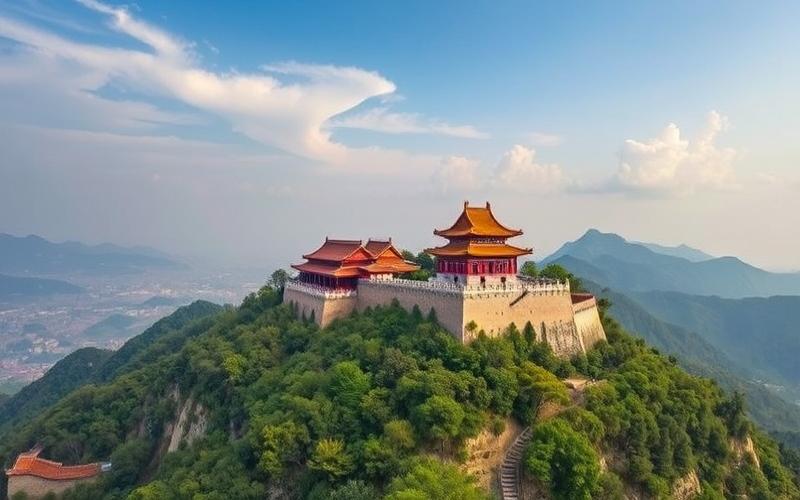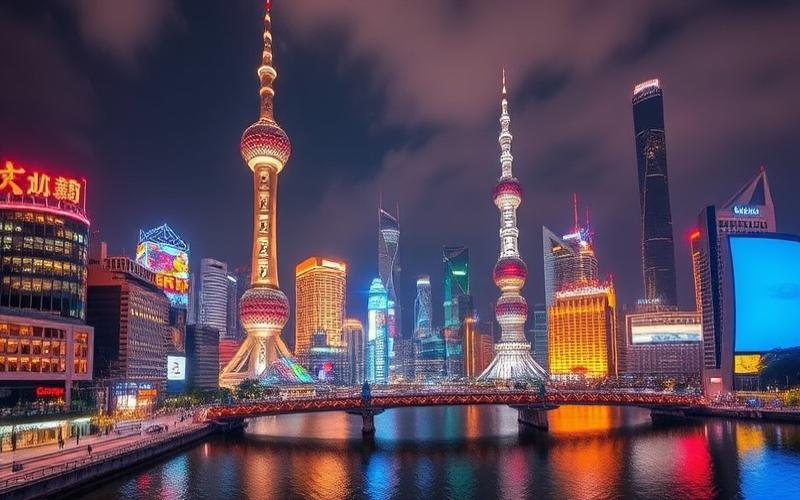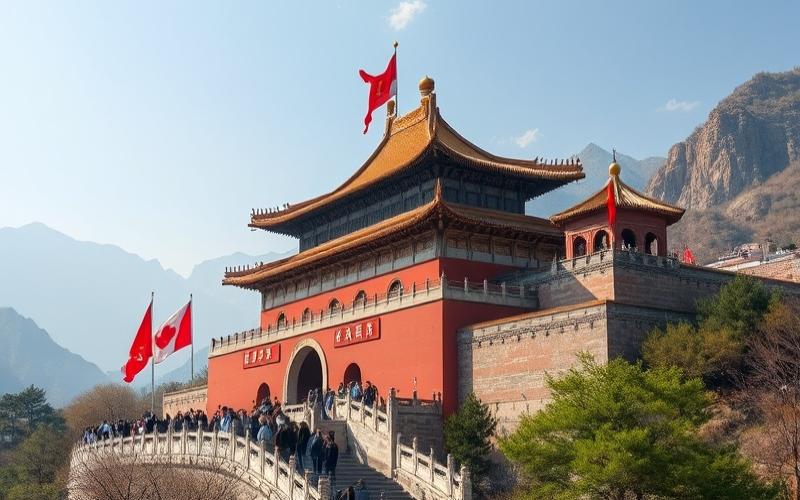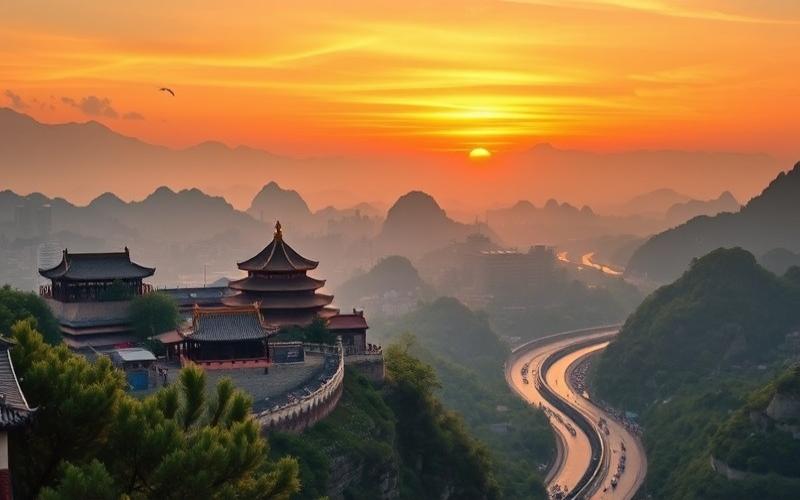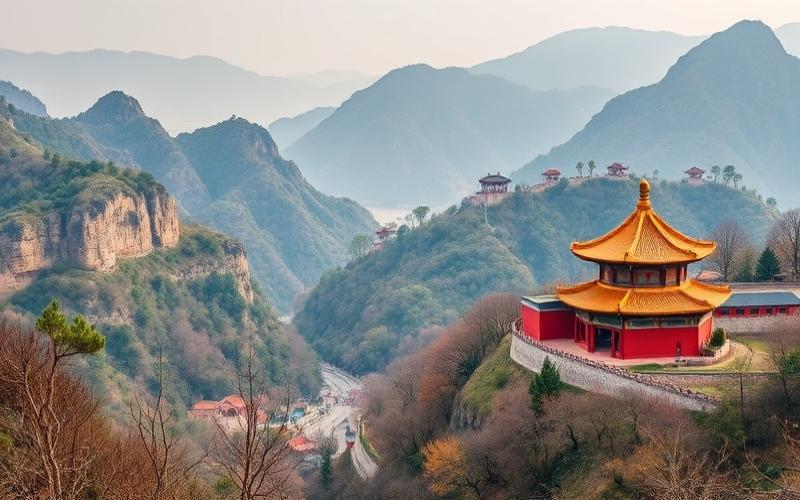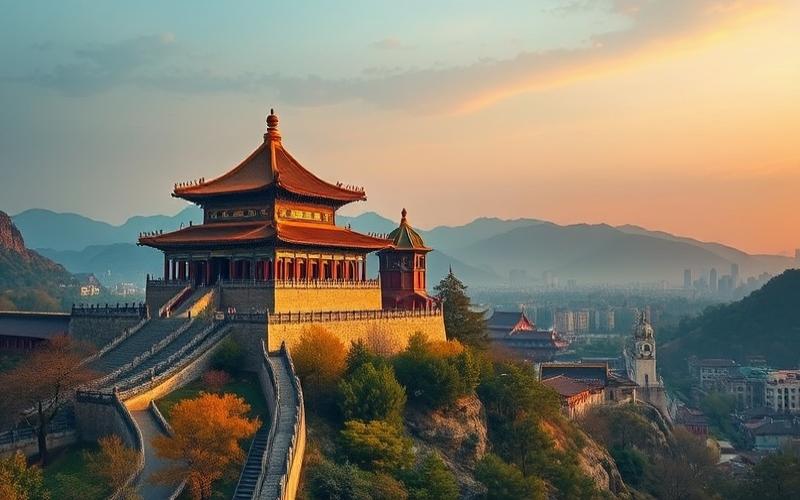
 Published on and written by Cyril Jarnias
Published on and written by Cyril Jarnias
China’s Cultural Richness Through Its Festivals
China, with its millennia-old history and mosaic of ethnic groups, offers unparalleled cultural richness through its festivals and local traditions. Each province showcases unique celebrations that reveal the stunning diversity of this vast country.
From the luminous festivities of Chinese New Year to the ancestral rites of the Mid-Autumn Festival, these events provide opportunities to discover timeless customs and immerse oneself in a living heritage.
Whether through spectacular dances, fascinating artistic expressions, or deeply rooted rituals, Chinese cultural life promises curious visitors a sensory and emotional adventure.
Traditional Festivals in China
Chinese New Year (Spring Festival, 春节) is the most important festival in China. Its origins date back to the Shang Dynasty, celebrating the start of the new lunar year and marking a time of renewal and family reunion. The legend of the Nian monster explains certain customs: to drive away this monster, villagers used firecrackers, wore red clothing, and decorated their homes with scarlet lanterns. Traditions include family gatherings around large meals, exchanging hongbao (red envelopes), dragon and lion dances. Iconic dishes include dumplings (jiaozi), whole cooked fish symbolizing abundance, glutinous rice cakes (niangao), and various regional specialties.
The Lantern Festival (元宵节) concludes Chinese New Year celebrations on the 15th day of the first lunar month. It has over 2,000 years of history: initially a religious rite during the Han Dynasty to honor Buddha or invoke ancestral peace. Today, it’s characterized by massive city illuminations with colorful lanterns—sometimes adorned with riddles to solve—symbolizing family reunion and bright hope. The typical dish is yuanxiao or tangyuan: sweet glutinous rice balls symbolizing unity.
The Dragon Boat Festival (端午节) occurs on the fifth day of the fifth lunar month. It commemorates Qu Yuan, a patriotic poet who committed suicide in political despair during the Warring States period. To honor him:
- Spectacular dragon boat races take place on rivers.
- People prepare and consume zongzi: triangular dumplings made of glutinous rice wrapped in bamboo leaves.
- Doors are decorated with mugwort to ward off illnesses and evil spirits.
The Mid-Autumn Festival (中秋节) has its roots in ancestral moon worship when the moon is full and bright around September-October. This festival highlights:
- Family reunion under a round moon.
- Exchanging or collectively tasting mooncakes filled with red beans or seeds.
Regional variations exist depending on the filling: savory in some coastal provinces.
The Qingming Festival (清明节), also called “Tomb-Sweeping Day,” dates back over 2,500 years to the Zhou Dynasty. This spring ritual allows Chinese families to honor their ancestors by cleaning their tombs, burning incense/paper money (“heavenly money”). Some regions also organize countryside picnics during this day dedicated to family remembrance.
| Festival | Historical Origin | Main Traditions | Typical Foods | Cultural Significance |
|---|---|---|---|---|
| Chinese New Year | Shang Dynasty | Family reunions; firecrackers; decorations | Jiaozi; whole fish | Renewal; social cohesion |
| Lantern Festival | Han Dynasty | Illuminations; lantern riddles | Yuanxiao/tangyuan | Unity; festive cycle closure |
| Dragon Boat Festival | Warring States/Qu Yuan | Boat races; door mugwort | Zongzi | Patriotism; health |
| Mid-Autumn Festival | Ancestral moon worship | Night reunion under full moon | Mooncakes | Family; prosperity |
| Qingming | Zhou Dynasty | Tomb sweeping; offerings | – | Ancestral remembrance |
Trivia & Regional Variations
- In southwestern China during Qingming, people often enjoy qingtuan—green balls of glutinous rice flavored with mugwort.
- In Canton during New Year, sweet-salty dried fish is prepared, while in Beijing stuffed dumplings dominate.
- The boat race during Duanwu differs according to local rivers: some boats are painted with specific mythological patterns.
Traditional Chinese festivals play a fundamental role in strengthening national cultural identity while maintaining intergenerational family bonds through shared rituals that are adapted locally according to culinary terroir or specific craft practices.
Good to Know:
In China, traditional festivals are deeply rooted in culture and reflect its rich heritage. Chinese New Year, also known as Spring Festival, marks the beginning of the lunar calendar with parades, lion dances, and family meals where dumplings take center stage. The Lantern Festival concludes New Year celebrations with a stunning light spectacle. Qingming Festival, or Pure Brightness Festival, is a time for tomb cleaning to honor ancestors. The Dragon Boat Festival, commemorating poet Qu Yuan, is celebrated with ornate boat races and eating zongzi, glutinous rice in bamboo leaves. The Mid-Autumn Festival, celebrated by families under the full moon, highlights mooncakes as symbols of reunion. Each region adds its own variations, creating fascinating diversity, such as Suzhou’s floating lanterns during Chinese New Year, or southern customs that include porcelain boat races during the Dragon Boat Festival.
Chinese Traditions Rooted in Culture
Family values and ancestor worship hold a central place in Chinese society, shaping both social relationships and individual identity.
Filial piety (孝, xiào), inherited from Confucianism, demands absolute respect toward parents and elders as well as the duty to perpetuate the family line. This value manifests through:
- Respect for family hierarchy: decisions made by elders, mandatory consultations before any important choice.
- Intergenerational cohabitation under one roof.
- Ancestor veneration rituals during special occasions (offerings on domestic altars or during festivals).
- Use of very precise terminology to designate each member according to rank or generation.
The family head traditionally plays a central moral and ritual role, symbolizing authority and connection with past generations.
| Key Value | Concrete Expression in Daily Life |
|---|---|
| Filial Piety (孝) | Financial support for elderly parents |
| Ancestor Worship | Offerings on family altar |
| Hierarchical Respect | Specific use of family titles |
Major Traditional Festivals Illustrate This Value System:
- Chinese New Year (春节 Chūnjié)
- Origins: Dates back over 4000 years; associated with lunar calendar.
- Modern Practices:
- Family reunions around banquets,
- Symbolic home cleaning to drive away bad luck,
- Exchanging red envelopes (红包 hóngbāo) containing money,
- Offerings to ancestors.
- Lantern Festival (元宵节 Yuánxiāojié)
- Origins: Celebrates first full moon after New Year; believed to have roots in Han Dynasty.
- Modern Practices:
- Night walks with colorful lanterns,
- Riddles written on lanterns,
- Eating sweet tangyuan balls symbolizing family unity.
- Mid-Autumn Festival (中秋节 Zhōngqiūjié)
- Origins: Linked to agricultural rites and moon observation for over 2000 years.
- Modern Practices:
- Sharing mooncakes with family,
- Collective moon gazing as symbol of family gathering.
Philosophical Influence Runs Deep:
- Confucianism: Social structure based on hierarchy, family harmony, filial duty—central point in all collective or private celebrations;
- Taoism: Importance given to balance between human and nature; inspiration for some festive rituals linked to lunar or seasonal cycles;
- Buddhism: Spreading merit through offerings to spirits/ancestors; collective meditations during certain festivities.
Concrete Examples Visible Daily:
- Almost systematic presence of ancestral altars at home or in some businesses
- Formal respect during greetings toward elders
- Regular oral transmission of legends/fables conveying Confucian morality
Marked Regional Diversity:
Each province adapts these traditions according to local dialects, culinary specialties specific to festivities (example: dumplings in the North for Chunjie vs different mooncakes between South/North during Zhongqiu) and spiritual practices sometimes originating from local shamanism.
These ancestral traditions continue today to reinforce a deep sense of national identity in China: they are celebrated massively in both cities and countryside—a major factor of cultural unity despite great regional diversity.
Good to Know:
In China, cultural traditions are deeply rooted in ancestor veneration and the importance of family relationships, values reflected during major festivities like Chinese New Year, where families gather to honor their predecessors, and the Mid-Autumn Festival, celebrated by offering mooncakes to the moon. These traditions, influenced by Confucian, Taoist, and Buddhist philosophies, translate into diverse regional customs, such as the Lantern Festival, which originally linked to the Han Dynasty, now sees thousands of lanterns lighting streets, symbolizing unity. Daily rituals, such as respecting elders and Taoist meditation practices, illustrate the integration of these philosophies into everyday life. Together, these traditions forge national identity and strengthen cultural unity, while allowing millennia-old values to persist at the heart of Chinese modernity.
The Unique Cultural Experience of Chinese Festivals
Chinese festivals hold a central place in the country’s cultural, social, and family life. They embody values of ancestor respect, family attachment, agricultural cycles, and celebration of historical or mythological legends. These festivals are privileged moments to strengthen collective identity and transmit traditional beliefs through rites, arts, and specific gastronomy.
Major Chinese Festivals
| Festival | Origins & Legends | Typical Cultural Practices | Trivia/Unusual Facts |
|---|---|---|---|
| Chinese New Year | Legend of Nian, monster frightened by red and noise. Celebration of spring beginning according to lunar calendar. | Family reunion, fireworks, dragon/lion dances, red envelopes (hongbao), red decorations. Meals: dumplings (jiaozi), niangao. | Dumplings symbolize wealth due to shape resembling ancient ingots; custom dictates some hide a coin in a dumpling for luck to the finder. |
| Lantern Festival | Celebrates first full moon after New Year; origins linked to Zhuge Liang who allegedly used lanterns as military signals. | Night parades with colorful hanging or floating lanterns; riddles written on lanterns; eating tangyuan (sweet rice balls). Artistic performances. | Some cities organize huge creative contests around giant lanterns illustrating tales or fantastic animals. |
| Mid-Autumn Festival | Inspired by romantic story of Chang’e flying to the moon; festival linked to harvests and moon worship. | Family reunions under full moon; sharing/traditional cake: mooncake. Poems dedicated to moon; folk performances. | There exists a savory mooncake filled with salted egg meant to represent…the full moon! Some mooncakes even hide secret messages as tokens of love or friendship. |
| Dragon Boat Festival | Commemorates Qu Yuan, patriotic poet who ended his life in a river; legend says villagers tried to save his body with boats then threw rice to keep fish/shrimp away. | Spectacular races of decorated dragon boats; making/sharing zongzi (glutinous rice balls/wrapped); hanging mugwort/calamus on doors against illnesses/evil spirits. | First Chinese festival inscribed in UNESCO intangible world heritage; some regions create their own local dragon boat variations. |
Checklist – Values Transmitted During Festivals
- Respect for ancestors
- Strengthened family cohesion
- Oral/legendary transmission
- Traditional artistic expression
- Specific gastronomic rituals
Lesser-Known Facts
- The riddle competition during Lantern Festival is sometimes broadcast on large public screens.
- During Spring Festival/Chinese New Year, a superstition still exists prohibiting certain words deemed unlucky throughout this period.
- Some Chinese ethnic minorities celebrate these same festivals with their own musical/dance variations.
Modern Impact & Globalization
Today, these traditions adapt to contemporary trends:
- Festivities are streamed online allowing expatriates/families scattered worldwide to participate virtually.
- Culinary adaptations see emergence of ice cream mooncakes or vegan zongzi.
- Many foreigners actively participate in local celebrations.
Yet, the cultural essence remains preserved, as each festival continues to be experienced as an essential ritual where modernity and ancestral memory converge: we always find this deep need “to build community,” even if forms evolve—a vibrant testimony that Chinese tradition knows how to stay alive while welcoming global change.
Traditional festivals thus remain a strong identity pillar—to be lived as much as transmitted!
Good to Know:
Chinese festivals, true cultural pillars, deeply reflect traditional values and beliefs of society. Chinese New Year, for example, marks spring’s arrival with copious meals and fireworks meant to ward off evil spirits, while the Lantern Festival, concluding New Year celebrations, is a luminous spectacle where lanterns shine brightly. The Dragon Boat Festival, originating from Qu Yuan’s legend, is celebrated with dragon-shaped boat races and eating zongzi. As for the Mid-Autumn Festival, it’s an opportunity to enjoy mooncakes with loved ones, strengthening family bonds. Globalization has certainly introduced changes, but these celebrations continue adapting while preserving their cultural quintessence, offering a fascinating glimpse into China’s rich heritage. Little-known fact: some Chinese still consider lanterns as good luck charms, a belief that persists despite evolving modern lifestyles.
Disclaimer: The information provided on this website is for informational purposes only and does not constitute financial, legal, or professional advice. We encourage you to consult qualified experts before making any investment, real estate, or expatriation decisions. Although we strive to maintain up-to-date and accurate information, we do not guarantee the completeness, accuracy, or timeliness of the proposed content. As investment and expatriation involve risks, we disclaim any liability for potential losses or damages arising from the use of this site. Your use of this site confirms your acceptance of these terms and your understanding of the associated risks.

